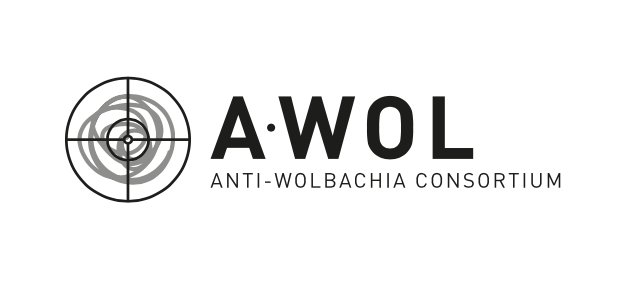
The A·WOL consortium celebrated a significant milestone as it hit its 10-year review, looking back at the progress made so far, which includes a number of firsts.
The consortium was the first to screen two million completely new compounds looking specifically for new treatments for the neglected tropical diseases (NTDs) onchocerciasis and lymphatic filariasis, resulting in 20,000 hit molecules with the potential to go forward and two new compounds currently selected as candidates for clinical testing. This includes TylAMac™, which has just begun its first clinical trials in humans. This is a one of the most significant results for LSTM’s Deputy Director Steve Ward. He said: “Industrial partnerships have been one of the key successes for AWOL, with our collaborators bringing in people at weekends and after hours to assist with carrying out the screening with over 350 people involved as well as in kind and actual contributions. We have turned around a completely new compound from the bench to testing in humans remarkably quickly and it is the first ever drug designed for the curative treatment of these two debilitating tropical diseases”
A·WOL has always focussed on equal partnerships of both academic and industrial partners. It has received significant funding from the Bill & Melinda Gates Foundation, with additional funding from Global Health Innovation Technology Fund (GHIT). The consortium targets Wolbachia, a bacterial symbiont that lives inside the parasitic worms that cause both onchocerciasis and lymphatic filariasis. The worms are dependent on the bacteria, so targeting it with antibiotics kills the worms and provides an alternative and practical solution for treating these diseases.
Over the last 10 years A·WOL has worked with numerous industrial partners, including AbbVie, Eisai Inc and AstraZeneca as well as many more partnerships with research institutions from around the world and with endemic country partners, strengthening capacity for the next generation of NTD researchers.
Targeting Wolbachia has led the team to screen thousands of existing drugs looking for any that might be effective against the bacteria, which has led to ground breaking work in the field. While for many years the treatment for these diseases has been via mass drug administration with anti-filarial drugs to suppress transmission, the A·WOL approach discovered the effectiveness of the antibiotic doxycycline as a curative treatment, even reversing some of the clinical symptoms of these diseases. This has been given successfully on a test and treat basis, but A·WOL has gone further still, finding that short-course high dose rifampicin can reduce the treatment regimen from 4-6 weeks down to 1-2 weeks, and is suitable for pregnant women and children. LSTM’s Professor Mark Taylor is Director of A·WOL. He said: “The anti-Wolbachia strategy has proved to be a paradigm changing therapeutic approach to treatment. The repurposing of drugs already licenced has been taken up as a genuine alternative strategy where MDA is failing and has already brought relief to people suffering from these devastating diseases.”
Taking these discoveries further Professor Taylor recently led work to look at drug combinations that might prove even more effective over a shorter period finding that combining an antibiotic such as rifampicin with the anti-worm drug albendazole could be effective in a matter of days. “This synergy was a great surprise.” Continued Professor Taylor. “By reducing treatment time from weeks to days opens up the possibility to scale-up this approach to the community level, and given that these drugs are already registered, means that they should be tested in infected people as soon as possible.”
Moving forward the team hopes that the testing of these new compounds and the schemes already implementing the test and treatment model with previously registered drugs will consolidate their successes and increase research uptake throughout endemic countries, providing better access and improving the lives of people in some of the world’s poorest communities.
As part of the 10 year celebrations, A·WOL hosted a stakeholders meeting at LSTM and took their guests on an immersive creative experience choreographed by local performance artists FoolSize Theatre. Guests were given flashing batons that represented microfilariae full of Wolbachia and were led on a journey through LSTM which represented the parasites entering the human lymphatic system at the start, and ultimately being killed by anti-Wolbachia drugs as the finale.
Notes: The A∙WOL team is comprised of a diverse range of scientists and support staff with a variety of expertise in different disciplines including; parasitology, pharmacology, mathematical modellers, medicinal chemists (University of Liverpool) and many more diverse skilled people to make up the group based at The Liverpool School of Tropical Medicine.
Many thanks to The Hatch TV for filming the event.